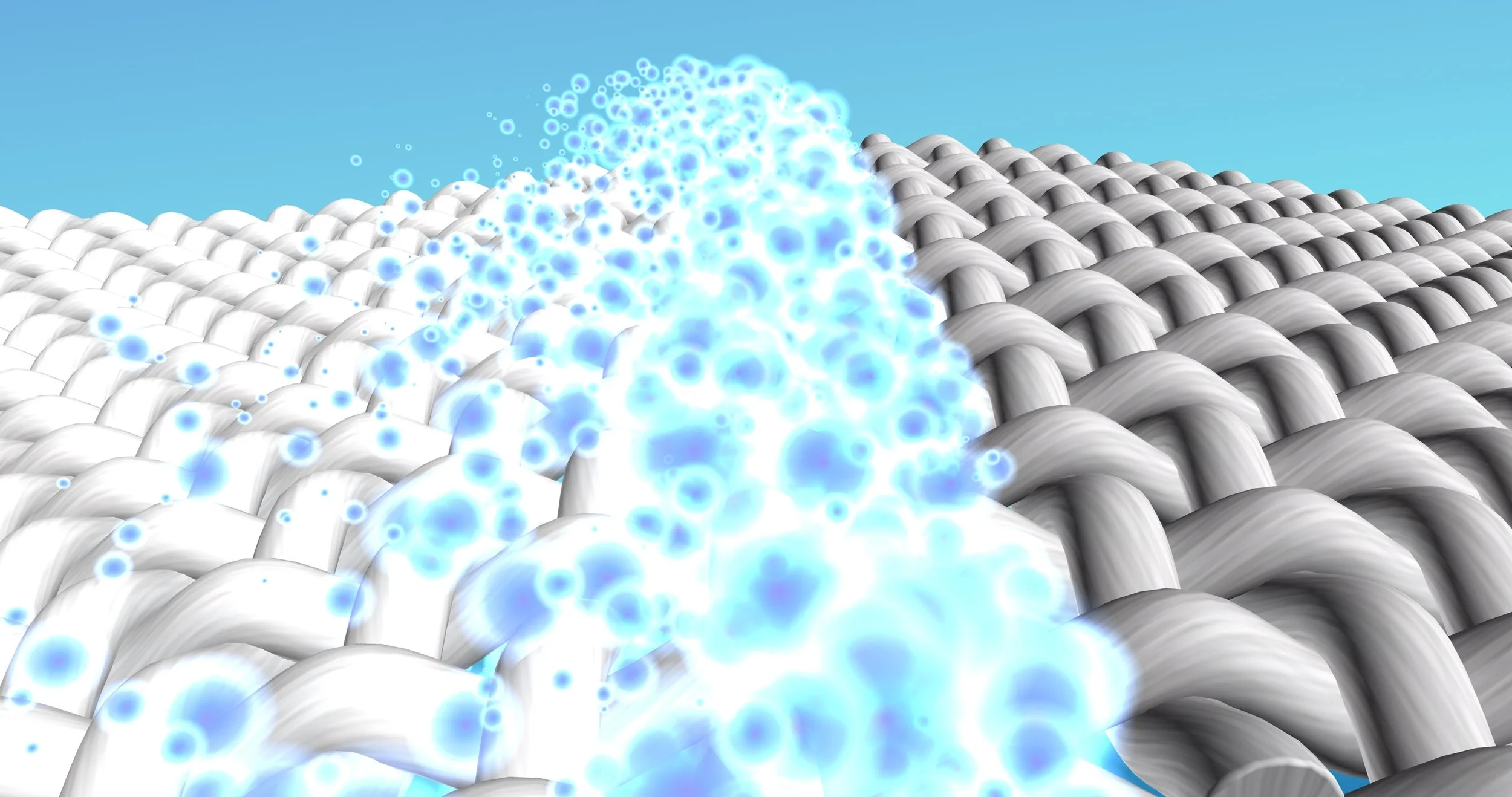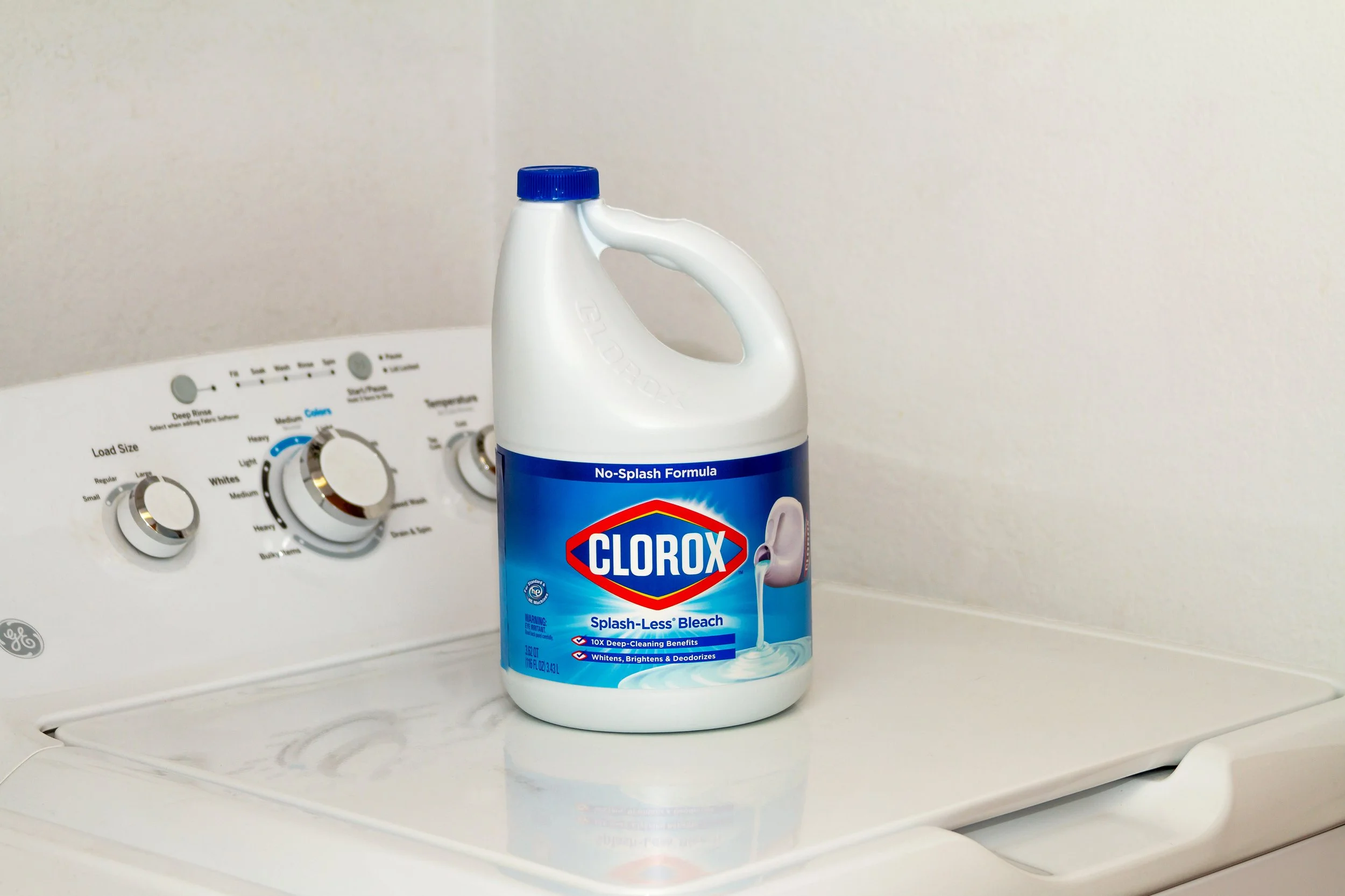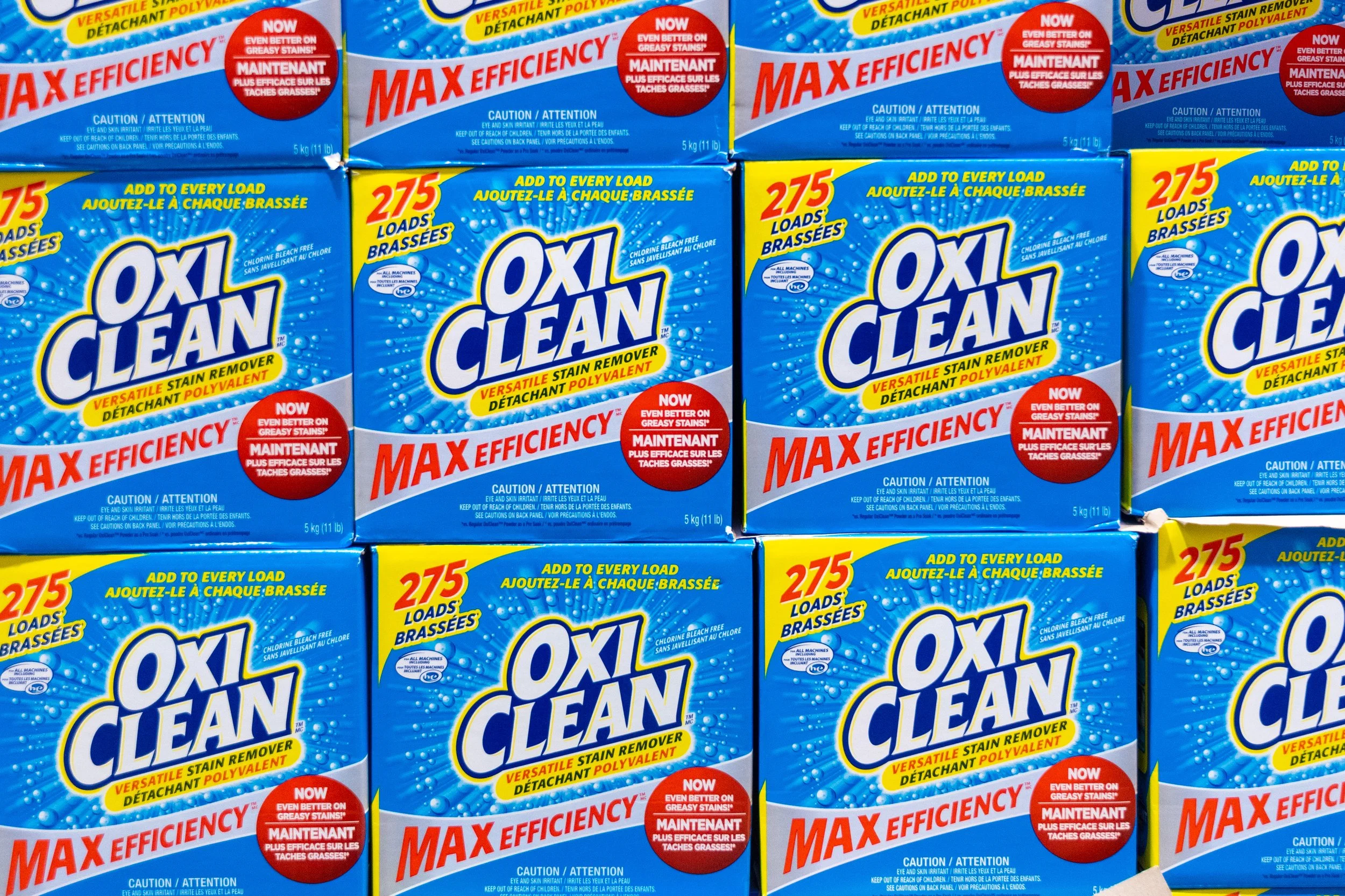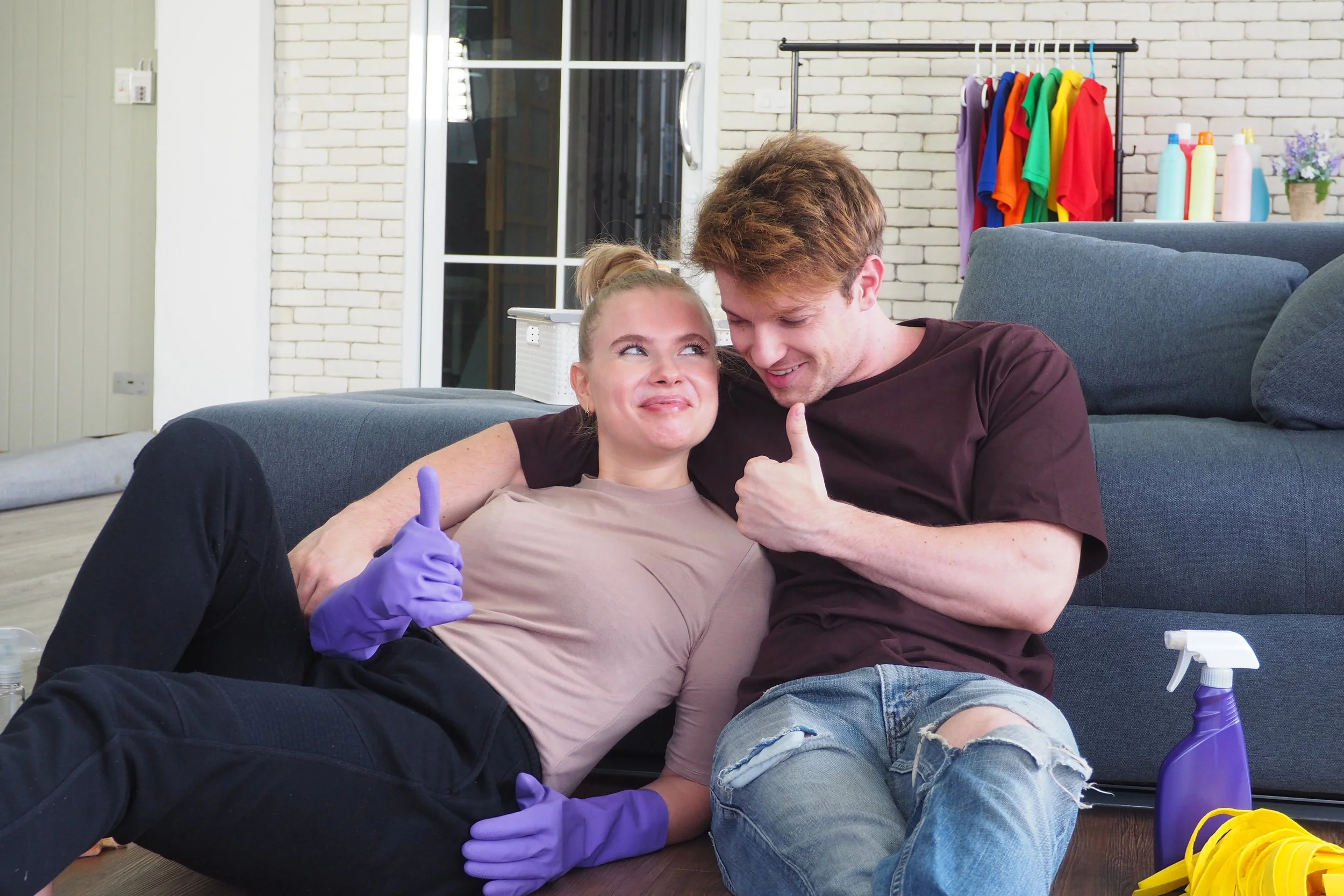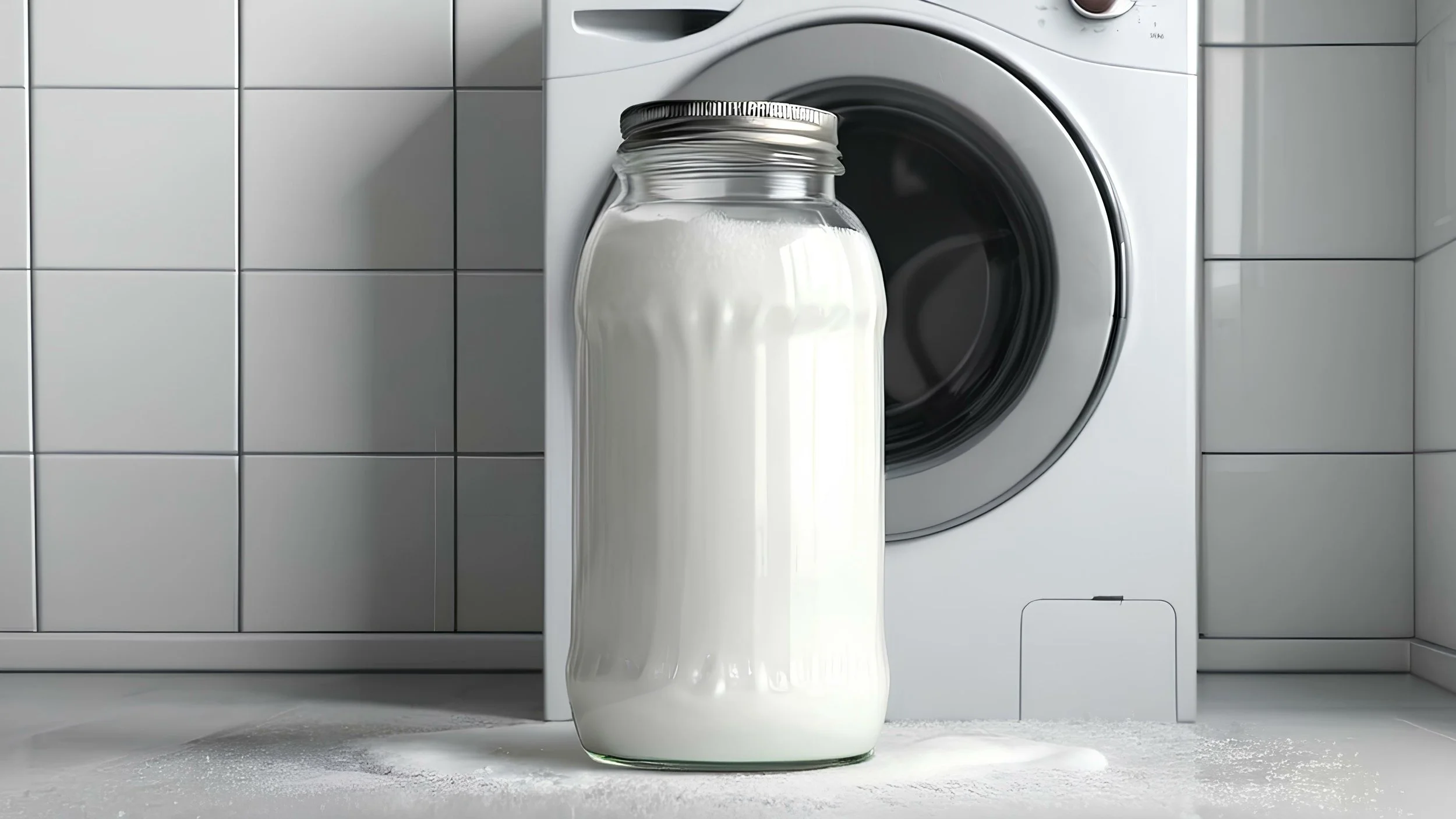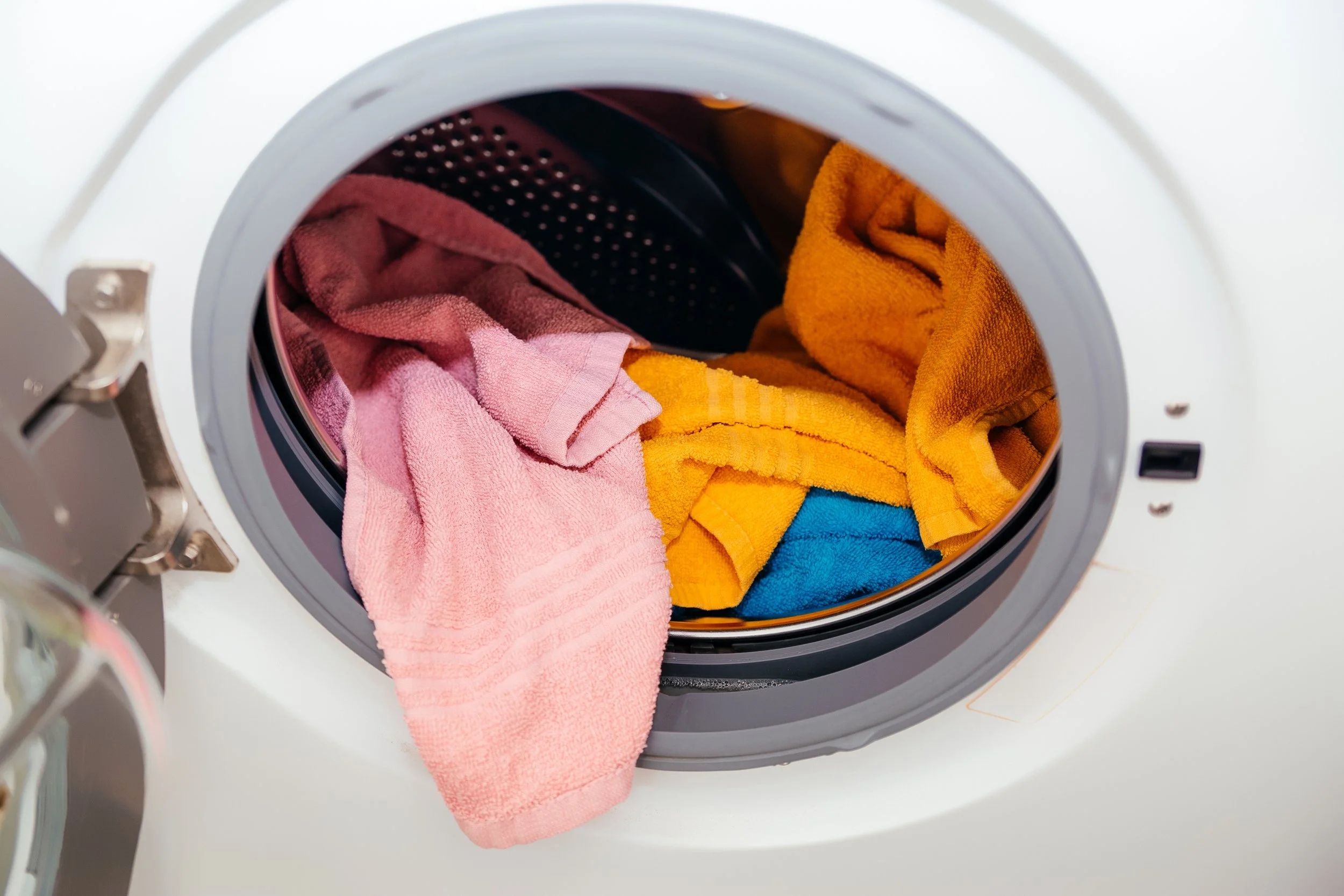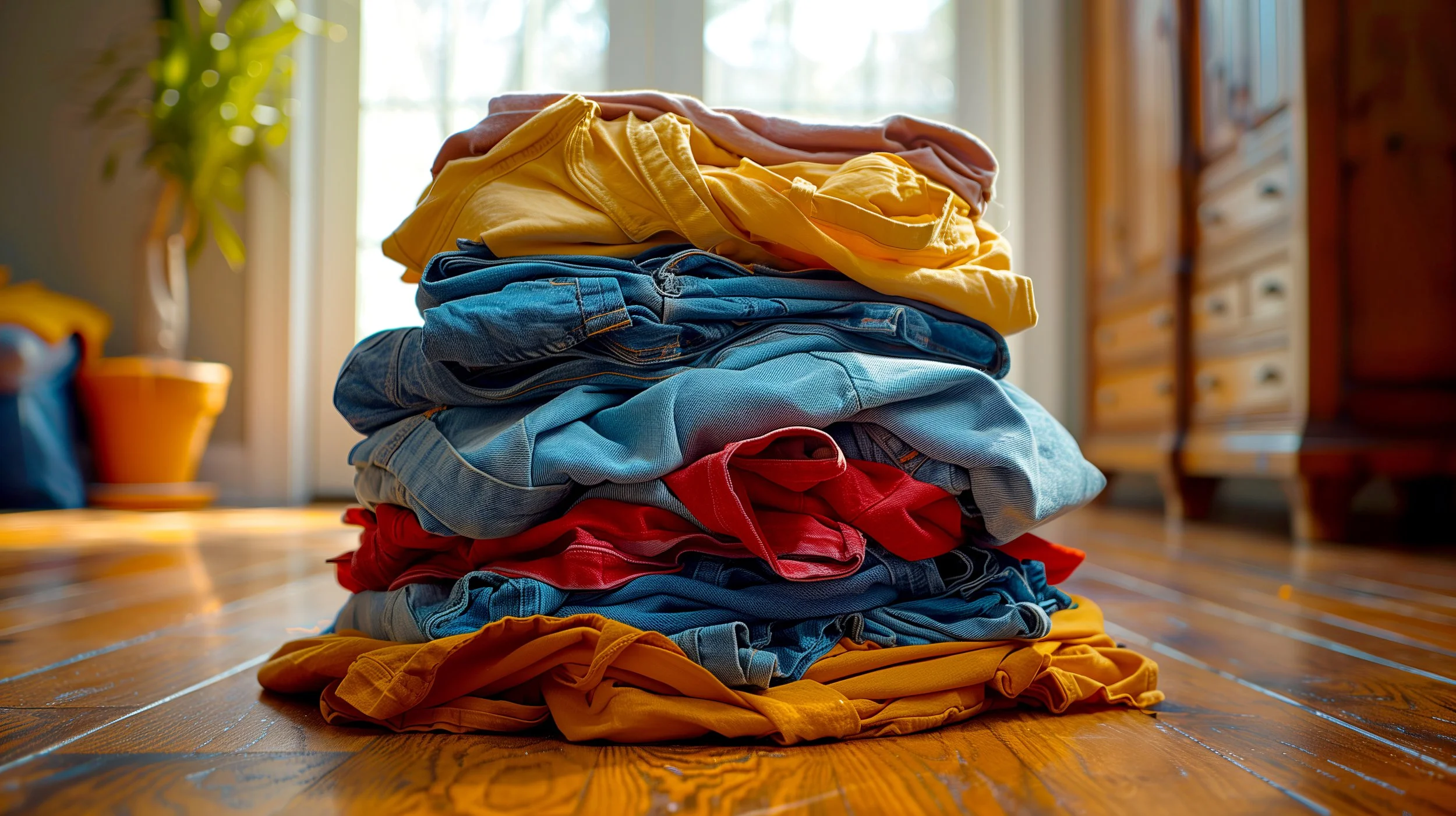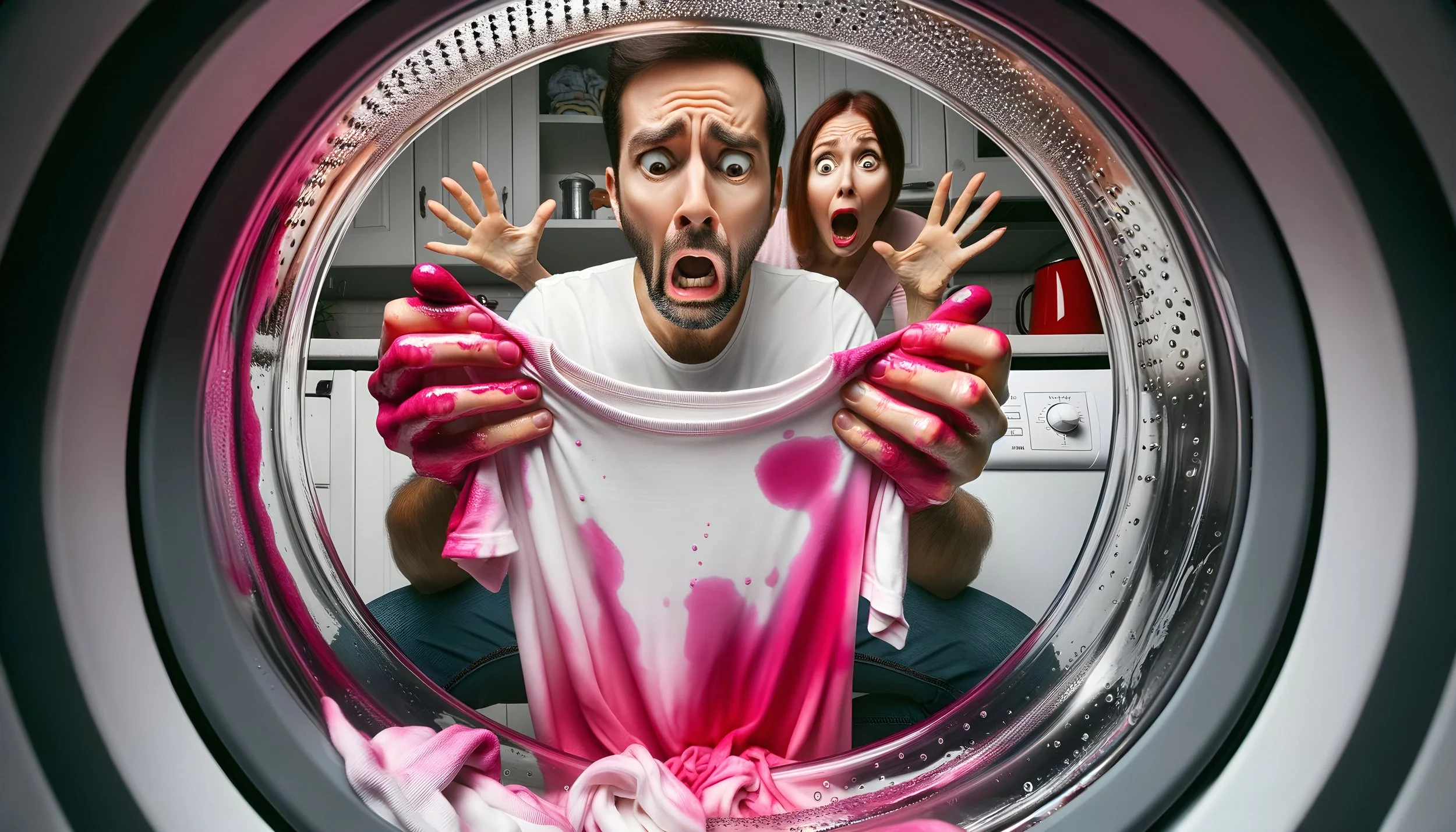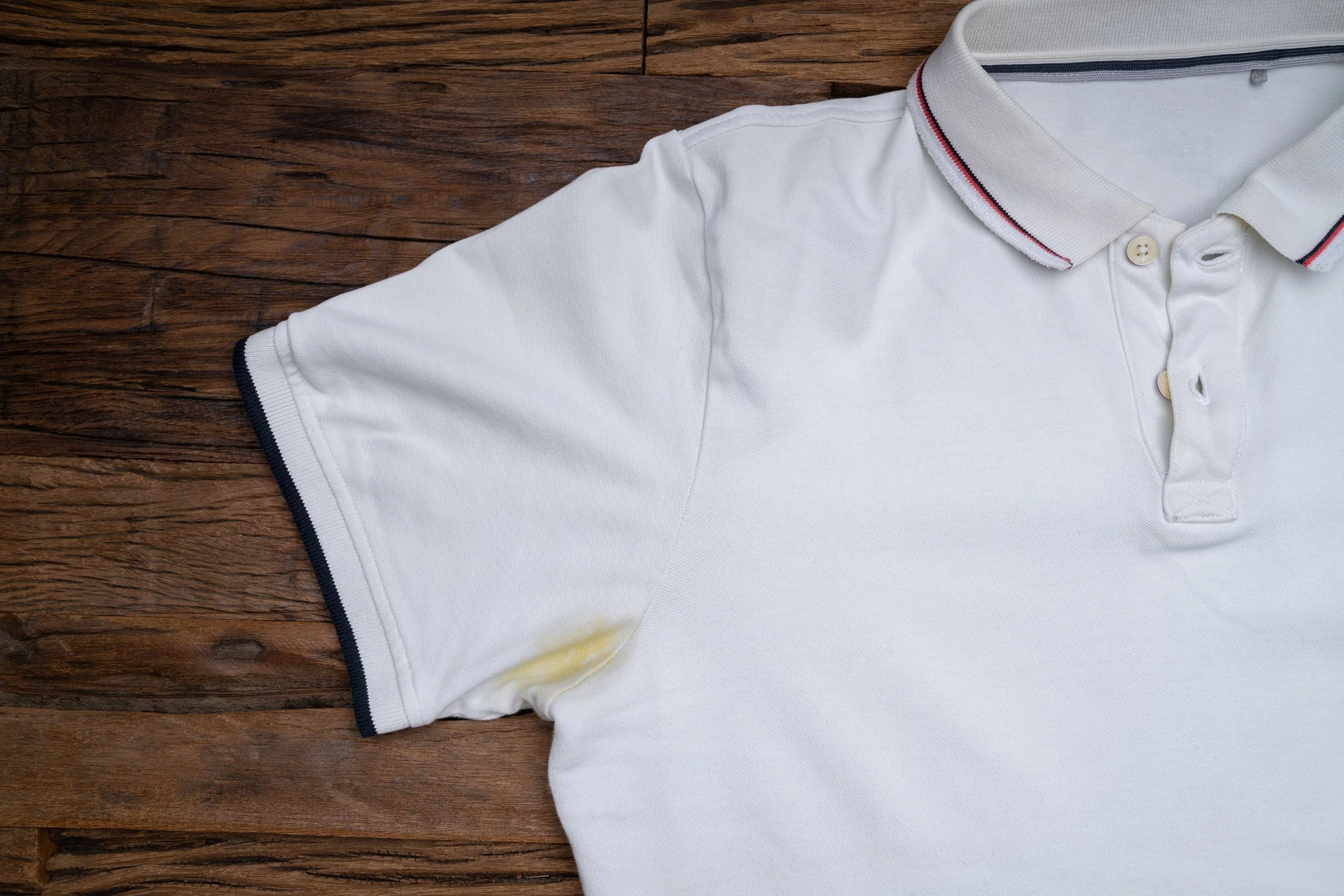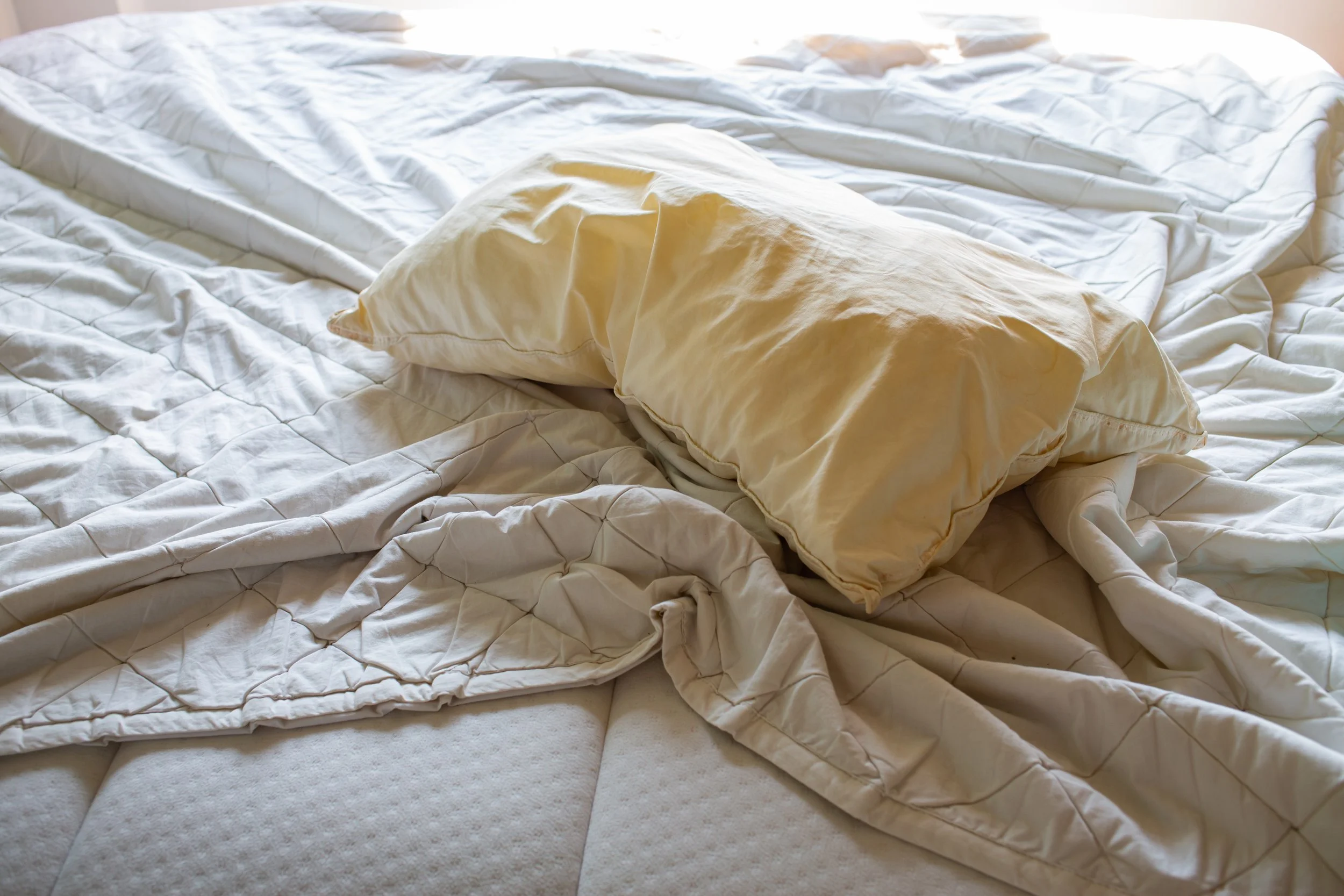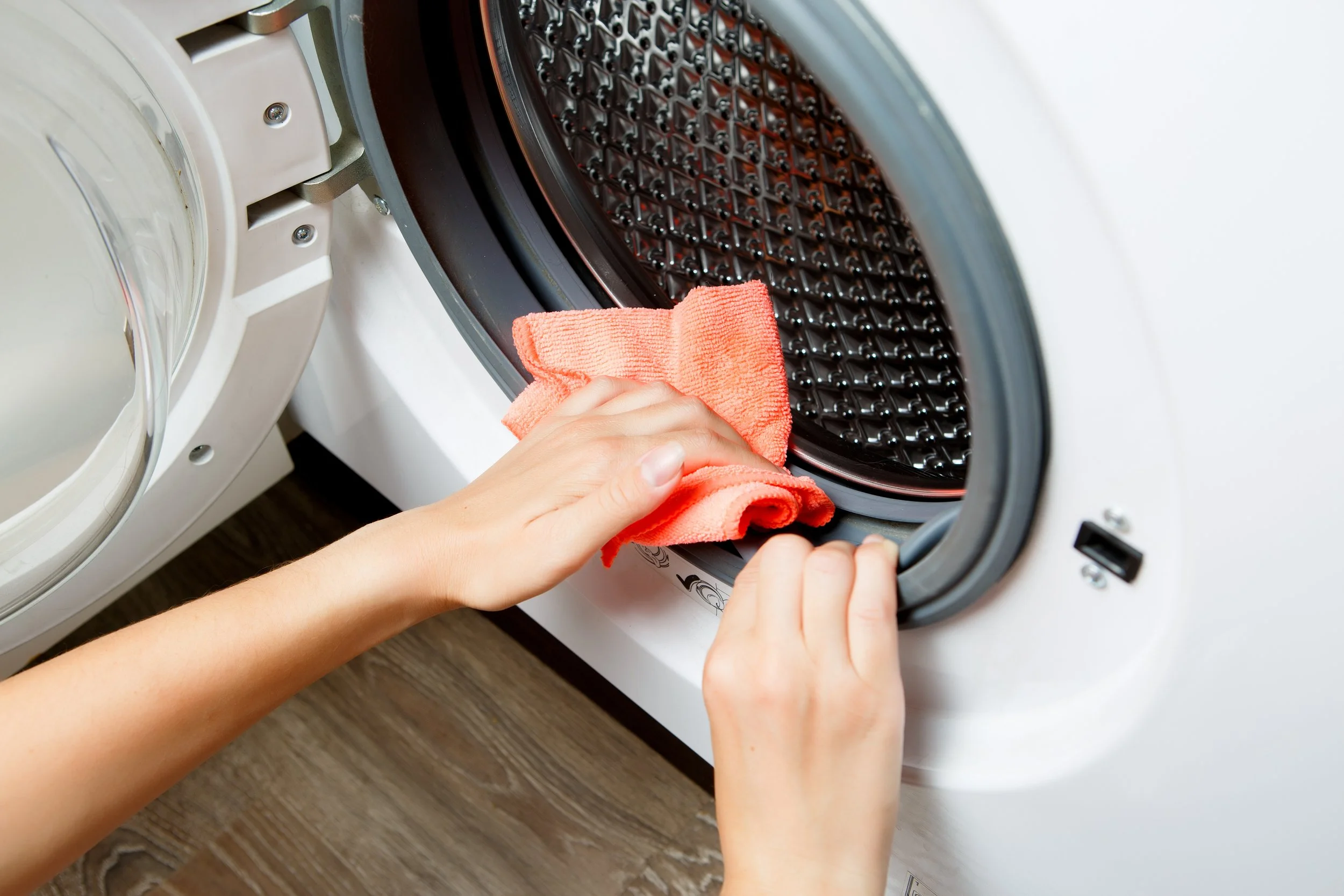For the last century, chlorine bleach has been a common household staple across the world. Popularized by brands like Clorox and Domestos, it continues to be a go-to option for those hoping to achieve a max-strength clean. In an attempt to steer away from harsh chemical products, oxygenated bleach has emerged as a potential alternative.
In today’s blog, we’re going to weigh in on the fight—chorine bleach vs oxygenated bleach—to figure out what sets them apart.
Let’s go!
What Is Chlorine Bleach?
Chlorine bleach has been used for generations to disinfect, clean, and whiten a whole host of surfaces. There are many types, but the most common is liquid sodium hypochlorite—chemically known as NaOCl. This powerful chemical can prevent disease by destroying harmful pathogens which is why it’s so popular in clinical and educational settings. As well as being a go-to household cleaner, chlorine bleach is also used to sanitize swimming pools and disinfect contaminated water sources after natural disasters or emergencies.
Strong and powerful disinfectant
Used on surfaces and in laundry
Used both domestically and commercially
Removes stains and whitens fabric
What Is Oxygen Bleach?
Meet chlorine bleach’s kinder and gentler cousin—oxygen bleach. Also known as all-fabric bleach and referred to as ‘oxy’ or ‘oxi’, this gentle bleaching agent is used to remove stains, brighten laundry, and de-mold grout, amongst many other tasks. Since oxygen bleach is made from sodium carbonate and hydrogen peroxide rather than stronger chemicals, it works a bit slower than chlorine. However, it’s also a lot less corrosive, avoids damaging fibers, and doesn’t harm the environment.
Eco-friendly and naturally sourced
Disinfects and deodorizes
Great natural laundry booster
Removes stains and whitens fabric
Uses of Chlorine and Oxygen Bleach
While in some instances, oxygenated bleach can be used as an alternative to chlorine bleach, some jobs require a more powerful punch. Check out our list below to find out which product is suited to which tasks around your home and why they’re the best option!
Brightening and whitening sheets – Chlorine bleach is the more powerful option, but repeated use can damage fabric fibers. For a gentler and more regular alternative, oxygen bleach is a better choice when it comes to washing sheets.
Stain removal – Both bleach types are effective at stain removal, but chlorine bleach acts much faster. Oxygen bleach can be used to target stains on a variety of fabrics without changing the color, whereas chlorine should only be used on whites.
Boost laundry detergent – Oxygen bleach provides an effective boost to laundry detergent, especially for general stain removal and deodorizing power. Chlorine does the same but can only be used in bleach-safe machines and laundry loads.
Cleaning grout – Chlorine bleach and oxygen bleach can be used to clean the grout from between bathroom and kitchen towels. Chlorine is a much cheaper option than oxygen bleach, but it should always be used with caution.
Sensitive washing – If you suffer from allergies or skin sensitivities, both of these products can help to provide deeper disinfection. Always make sure to wash on a high heat and double-rinse to keep clothes and sheets residue-free.
So that concludes our deep dive into the differences between chlorine-based and oxygenated bleach. If you’re tired of tackling your stains alone and always seem to find yourself searching ‘laundry professional near me’, look no further! WaveMAX Thornton is here to help. Visit our website now to check out our full list of services.

